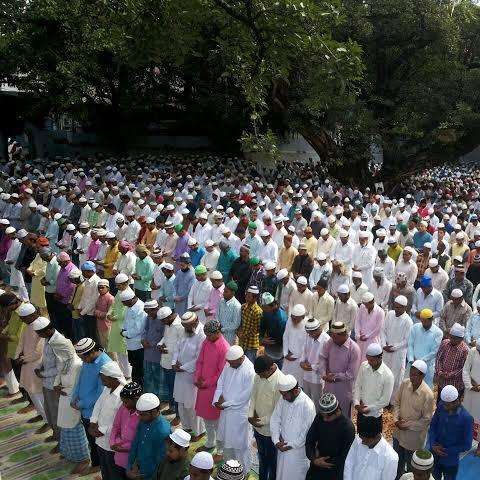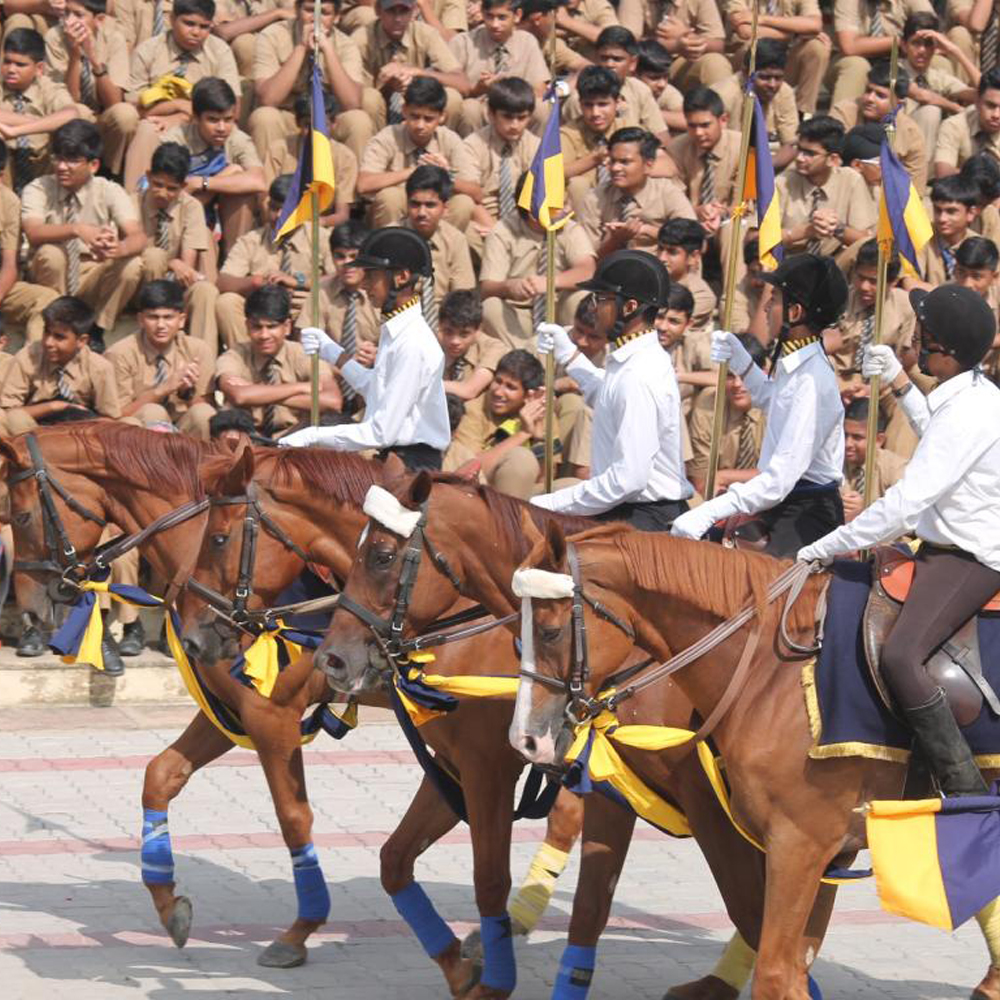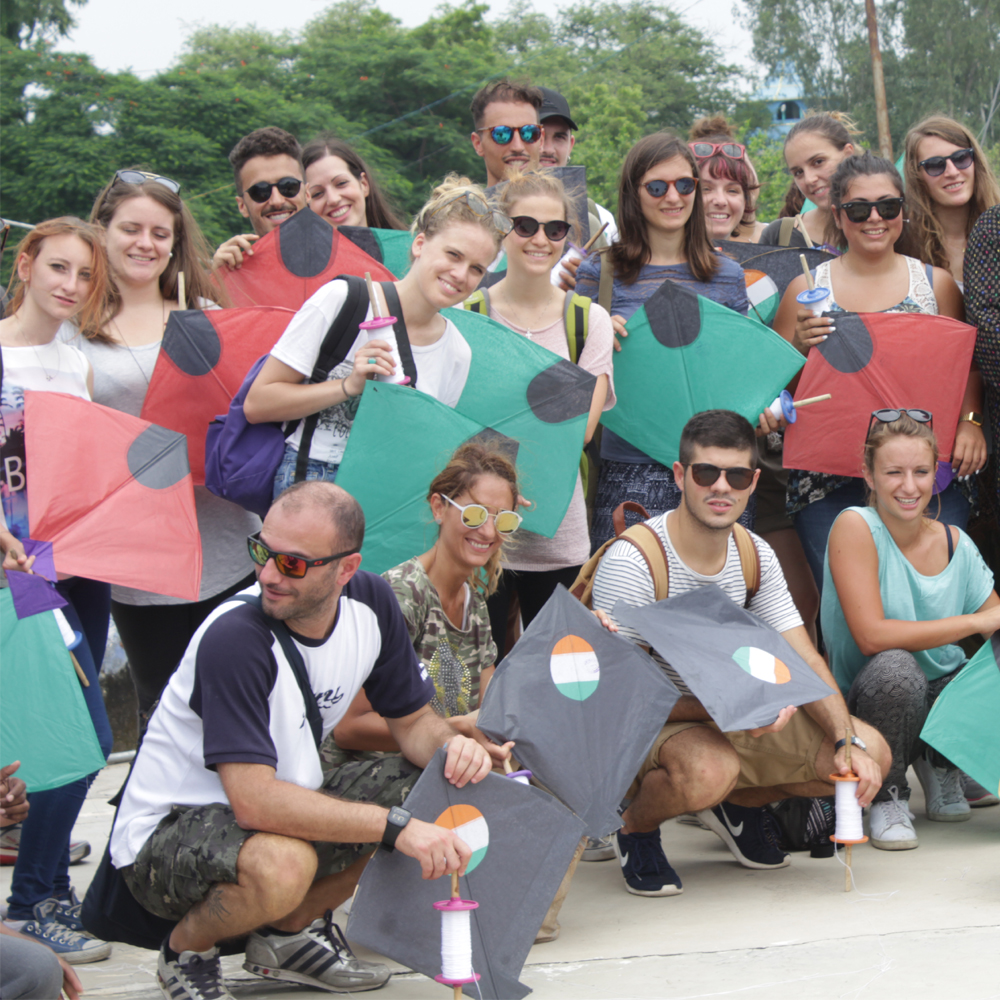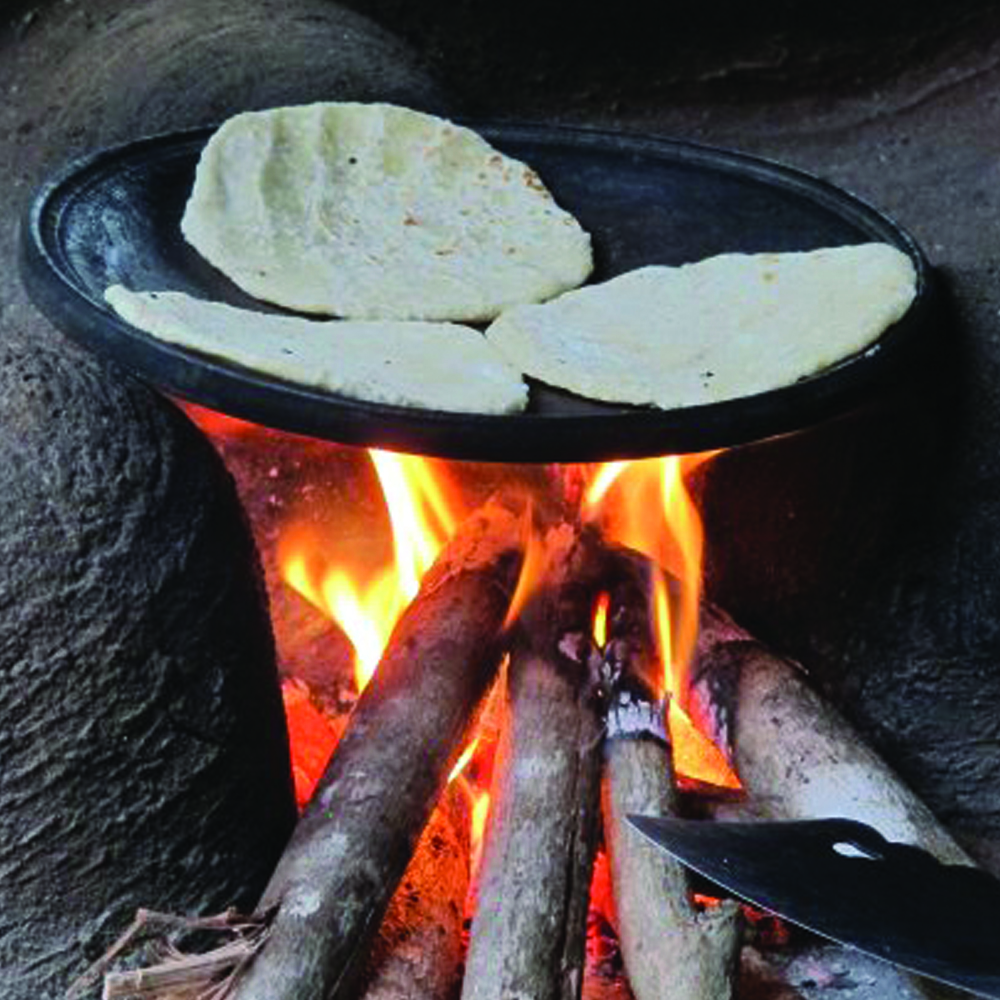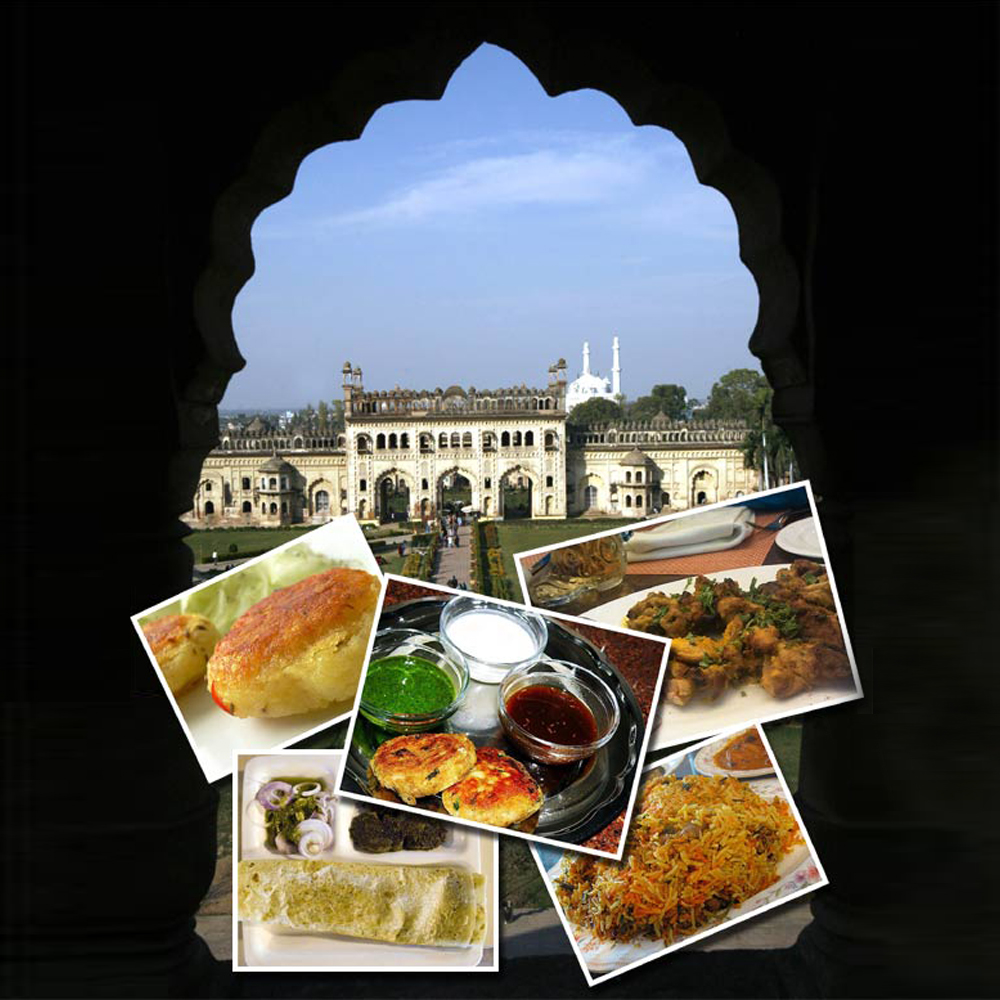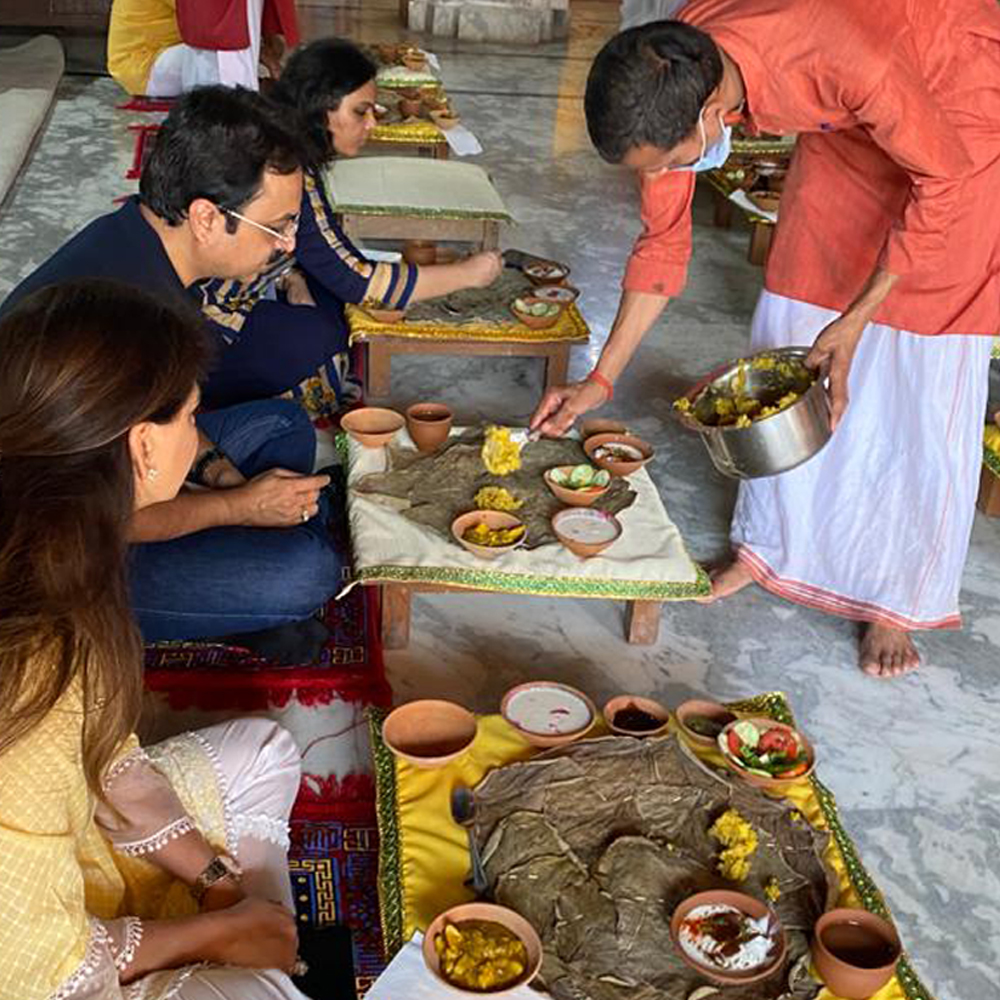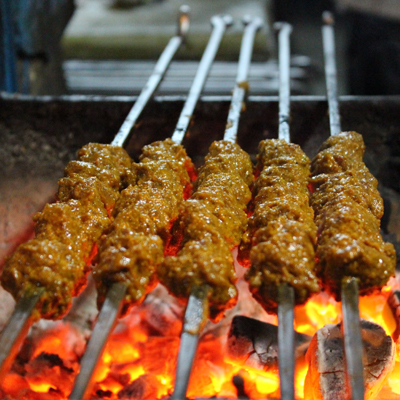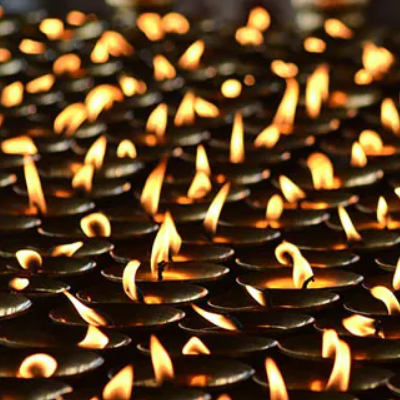About Lucknow
– City of many splendours
Lucknow – the hallmark of cultural extravaganza, known all over the world for its many splendours. A city that has a magical charm, a charm that’s forever and a charm that’s apart. Be it the cultural charm or the monumental one, all are well conserved here to make Lucknow ”The city of many splendours”.

Walking through the lanes and by-lanes of Chowk and Aminabad one finds Lucknow of yore. The ‘tehzib’ or mannerism is still prominent and a topic of great appreciation. This is a city that still speaks the language of “aap-janab” and the dictum of “pehle aap” is still a part of everyday life for a true Lakhnawi. – and so natural it is – Aadab or salutation which has its own sophistication and style. Dress forms though have changed noticeably in the span of a century, yet the beauty and charisma of Chikan – the intricate and delicate hand embroidery, still rules the wardrobe. Lucknow is in fact among a few cities that duly understands the grace of the ‘dupattas’ or the covering cloth.

Mir Taqi Mir spent most of his time in Lucknow, and believed that the very air of Lucknow was inspirational and creative. Inspired by the shyness in the beauties of Lucknow he may have written :
“Izhar-e-Mohabat kar na sake,
Kuch keh na sake Kuch sun na sake;
Yan humne zuban hee kholee thee,
Wahn ankh jhukee sharma bhee gaye”
Wisdom, women and wine are the three things truly understood and respected by the Nawabs. Not a thing of condemnation but an institution it was the “kothas”, where sons of Nawabs were deliberately sent to learn the culture, sophistication and respect for the fairer sex. Muzzafar Ali’s unforgettable film “Umrao Jaan” is a depiction of this social institution. Love was found in either Paris or Lucknow– a proof of this is the lovers lane in the posh modern Hazratganj: these lanes were used as a meeting place for the lonely hearts to escape the monitoring eyes of their parents.

Scene from Film: Umrao Jan by Muzaffar Ali
“Kan kauwe bazi” or kite flying was not only a pastime but the means of sending love letters to the beloved, “kal shaam kothe pe aana, hum intezaar kareingay tumhara”– Tomorrow in the evening come to the terrace, I’ll wait for you. Such words were written on the patang or the kite and the kite was flown and dropped on the beloved’s terrace. A story goes that once a Chhote Nawab did this with his beloved and instead of the beloved getting the letter her mother found it and the love bug bit her, assuming that the Bade Nawab has done this sweet and naughty thing, she reciprocated in the same manner writing “Intezaar tumhara he to tha humein, umra bhar rahein taktay rahay, der lagee aane mein tumko, shukr hai phir bhi aaye to”– I was waiting for this all my life, you came late, yet now you have come. Thus started the love between the Bade Nawab and the Badi Begum which ended up in their marriage and left the real ones to repent. One can experience the art of Kite Flying and enjoy listening to the innumerable stories that go along with this pursuit with Tornos.

Shatranj or chess was another royal pastime for the Nawabs of yore .The peace loving nawabs took pride in winning the battles in the privacy of their drawing rooms. Major General Claude Martin of La Martiniere was an ace chess player and was famous throughout Avadh for his English style of chess which had different rules and movement. Chess was a favourite pastime for the Major General and his close friend Nawab Asif-Ud-Daula.

Image Credit: Roland and Sabrina Michaud
Cock fight was another mode of recreation and gambling – where estates were lost and won by these small birds. English and the Nawabs participated with full enthusiasm and the locals viewed it for pleasure. Cocks like “sona tol” who was weighed in gold due to its undisputed title were respected by Nawabs themselves. These fighter cocks were brought up with nazakat and grace like the true Lakhnawi’s themselves , fed by hands to protect the damage to the beaks — an ideal diet would consist of saffron, almonds, crushed gems and gold foils to provide stamina and strength: how lucky !

Till date walking through the old parts of the city on Tornos’ Heritage Walk proves the traditional richness and uniqueness for instance ‘churi wali gali’ or the bangle lane lures you by the glitter, colour and the jingling sounds. The jingling of these bangles had the powers of Venus –the goddess of love.

‘Itra’ or the non alcohol based perfumes had their own charm. The modern day science recognises the miracles that smells can do but we at Lucknow had perfected this more than two centuries ago. A tiny bottle of itra can cost anything from rupees five to rupees five hundred thousand depending on the quality, age and powers. It is said that these age old perfumes get embedded into the body and the body emits the perfume. A story goes that Wajid Ali Shah used to sweat a lot while dancing – thus an itra was developed specially for him which turned his sweat into a fragrance and the people in the court would re-use his sweat thereafter as a perfume itself. Originally from Kannauj, a perfume capital of India, the finest travelled to Lucknow and these perfumes can be chosen from the well decked windows of the royal perfumers Asghar Ali Mohammed Ali in Chowk or Sugandhco in Hazratganj. The air in the near by area of these shops is full of fragrance, the same ones worn by the Nawabs.

Can food be left behind in an age where each pursuit was so delicately refined and perfected. In fact the kitchen and cooks were the areas with maximum expenditure, where around rupees two thousand a day was spent. Food was given the utmost importance and considered as the most sophisticated art. The way to the Nawabs coffers was through his stomach. Unlike cooking of Mughlai dishes or the Hyderabadi ones the food prepared in Lucknow was on an individual basis, in a delicate form and on a slow-soft fire. Sometimes a chicken preparation would take more than twenty four hours to get ready. Dum cooking was also popular — In this form of cooking the pots were sealed air tight and the food was prepared in its own juices, preserving the nutritional value and the natural aroma.
The meals of yesteryear was an art of carefully mixing all the ingredients and to be very particular in the style of preparation, presentation and consumption too. Be it The ‘Nav-ratn Pulao’ with colours of nine gems where each grain would taste differently or the rich ‘sheermals’ coloured with saffron and marinated in pure ghee each dish was mastered by a special master chef and they were the most handsomely paid subjects of the court.
‘Kakori kababs’ were developed for an aged Nawab without teeth — it is a preparation that simply melts in the mouth. Till date ‘Tunde-ke-kabab’ holds the supremacy of the lingering taste and the captivating fragrance which have not spared people like Ratan Tata, Jamshed Irani, Shabana Azmi, Ronald Reagan, Indira Gandhi and many more. If you are spared, you may join the above list now. These can be savoured at the two shops in Aminabad and Chowk.

‘Warq’ is the other essential on the royal ‘dastarkhwan’ laid on ‘pulao’, korma and sweet dishes. Inside the Gol Darwaza among the shops of perfumes, jewelry and kababs the three shops of warq or the silver foil can be easily spotted with the continuous nonstop rhythmic beating of hammers. A tiny bit of silver is placed between the two leather sheets and beaten to form a thin spread of silver. The pleasing music emitted by the beating will first lure you to the shop — speak to the Bade Miyan (shopkeeper) and and he will give you the host of benefits that the warq promises.

Today in Lucknow many things may have impurities but preparations like those of Tunde-ke-Galawat kabab, Rahim-ke-kulche nihari, Idris’ Pullao, Radhey-ki malai gilori and lassi, Raja-ki-thandai ya Sharma-ki-chaat have held their heads high due to purity and standards maintained. Good eateries in Lucknow are often found in the serpentine lanes of old Lucknow and can be experienced with Tornos on the Culinary Walk in the evenings or on a ‘Beyond Kebab’ Walk in the afternoon.
What a gastronome were the Nawabs and we at Lucknow in the age of KFCs, McDonalds and Dominos are still keeping the traditional cuisine alive. Till date the people of Lucknow are fussy on the dining tables and the delicate lifestyle is still prevalent. Kitchens are still considered to be the most important place of a Lakhnawi’s house.
Nawabs redefined the tastes in almost all areas of life and the music was also of a supreme consideration qawalis sung on the topics of women and wine gained prominence. Qawali’s at the Sufi Shrines would be religious and are a kind of conversation with God as a lover. This was a distinct form of singing in the group with chorus of different voices, clapping of hands and the sudden changes in the notes – had special attraction. The Sufi clan can be credited for its refinement — a direct conversation with god was the beauty of this form of singing.
Thumris and dadras were the other prominent styles of singing — songs of love, romance and passion. The music of the Gangetic soil merged with the court dances of Lucknow. It also provided the backdrop to Wajid Ali Shah’s kathak. In the later years Begum Akhtar the queen of Lukhnawi thumri and ghazals told the world the sweetness and the diverse combination that Lakhnawi singing could have. Her style reflected special elegance that was Lucknow and the true form of art emerged from Lucknow — a land that inspired many like Majaz, Mir, Josh and Anees to select the city and its people as a muse for their poetry.

“Sham-e-Avadh” is the other attraction in Lucknow that promises you a sham or an evening to mull over all your life. The sight of the setting sun the rejuvenating thumri, some go out for a “gup bazi”, some to the “nukad ka paanwala”, families go out for “chaat” or just a stroll at the Hazratganj market better known as “Ganjing”. So many of you would have been born in Lucknow like me, but will agree that each day is distinct. The shades of the monuments differ with each sun and moon. You discover and rediscover Lucknow everyday. No one has known Lucknow to the full and will never. That is why :









